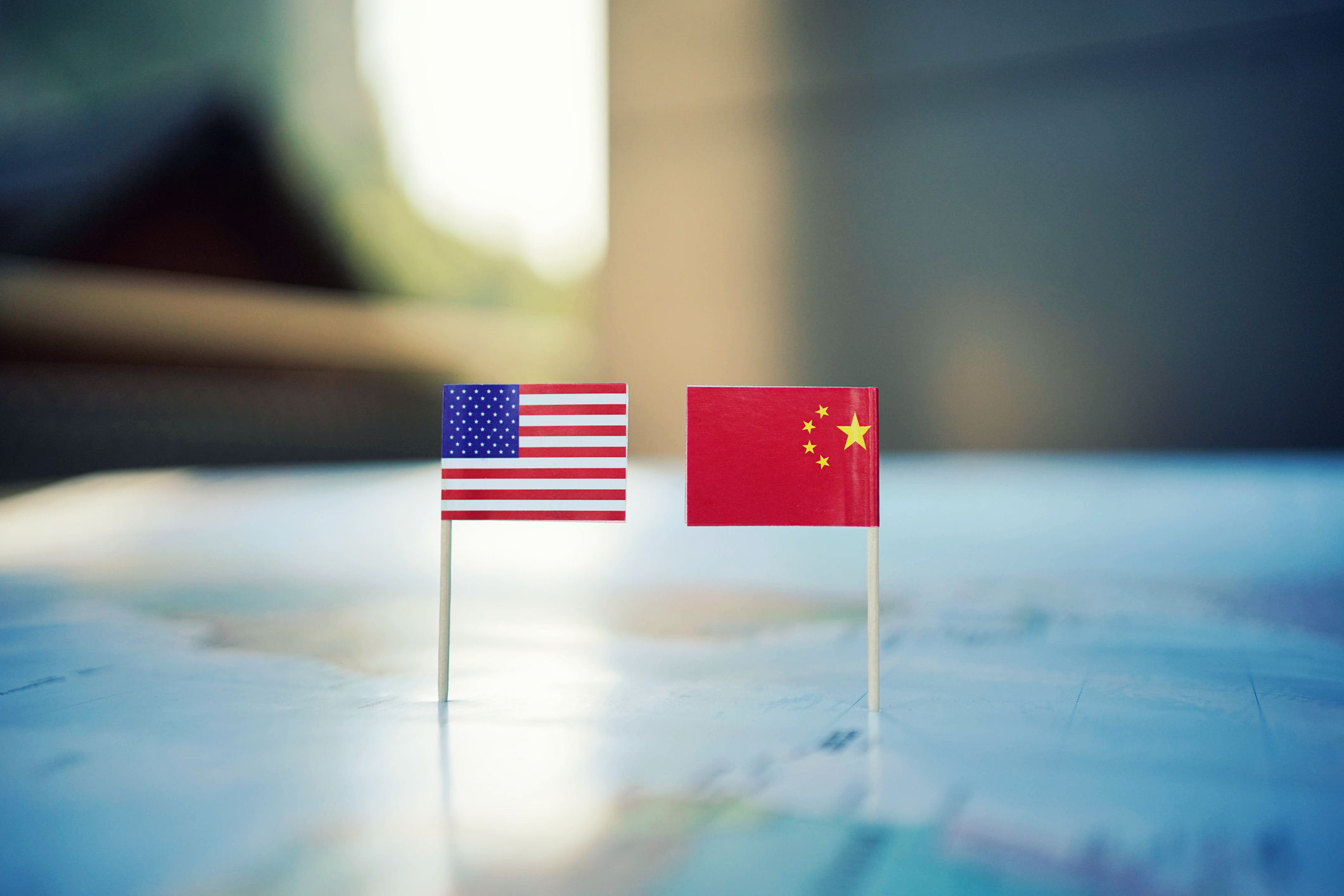
By Kritika Agarwal
Chinese leaders are recommending that China achieve “greater self-reliance and strength in science and technology” and “take a leading position in science and technological development” in the next five years. The new commitment continues China’s long-term effects to become a global science power.
The recommendations issued by the Central Committee of the Communist Party of China are intended to inform the country’s next “Five-Year Plan for National Economic and Social Development.” Among other things, the recommendations include enhancing the country’s innovation capacity and promoting “advances in original innovation and breakthroughs in core technologies in key fields.”
Nature reported that, according to Yin Hejun, the Chinese minister for science and technology, “the government intends to increase its support for advanced semiconductor technologies, artificial intelligence (AI) and basic research.”
China’s promises to increase its investments in science and technology comes at a time when the United States government is headed in the opposite direction. According to data released by the Organization for Economic Co-operation and Development (OECD), the country spent $915 billion on R&D in 2023. While the United States still leads the world in R&D expenditures ($956 billion in 2023, per OECD), China’s expenditures are rising at a faster rate than ours indicating that China will soon overtake us.1
Meanwhile, in the United States, the Trump administration is currently proposing cutting federal funding for research by 22%. Specifically, it is proposing cutting the National Institutes of Health by 39%, the National Science Foundation by 56%, NASA’s Science Mission Directorate by 47%, and the Department of Energy Office of Science by 14%. An analysis released by the American Association for the Advancement of Science showed that President Trump’s budget proposal for FY26 would reduce federal spending on R&D in the United States by nearly a quarter (-22%) compared to last year.
Other indicators also suggest that China is pulling ahead of the United States – China already produces more peer-reviewed research publications. The quality of Chinese scholarship and the influence of Chinese researchers is also growing – a new study shows that Chinese scientists are taking on leadership positions in an increasing number of U.S.-China scientific collaborations and will soon lead as many collaborations as their American peers.
Also, for the first time ever, this year China broke through to the top 10 in the Global Innovation Index, which ranks about 140 countries around the world based on their capacity for innovation as well as their ability to adopt technology and create socioeconomic impact through technological advancements. The index, released by the World Intellectual Property Organization, ranks economies on a range of metrics, including overall investments in science and innovation and the results of those investments. Last year, China ranked eleventh – this year, it was tenth. The United States came in third (behind Switzerland and Sweden) – just as it did last year.
If the United States wishes to maintain its leadership in science and innovation and stay ahead of China, it must continue to increase federal investments in research. While federal R&D cuts may provide short-term savings, in the long-term, those cuts will severely weaken the U.S. scientific research enterprise and hinder our global economic competitiveness.
Kritika Agarwal is assistant vice president for communications at AAU.
1. The OECD's figures are in Purchasing Power Parity (PPP) dollars. PPP dollars help economists compare money from different countries by looking at what people can actually buy with it in their own country; one PPP dollar has the same buying power in the United States as it does in another country, such as China.